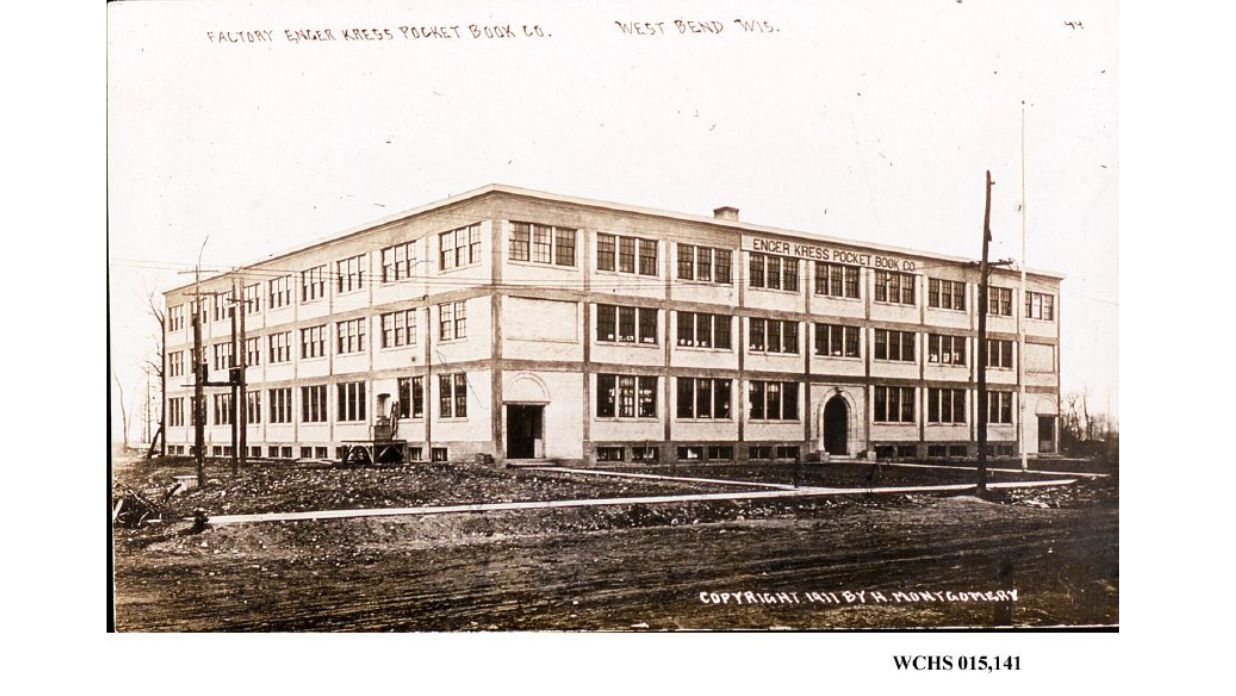One of the most prominent early industries of Washington County, The Enger-Kress Pocketbook Company, vastly impacted the local economy and overall prosperity of the community. In a region chiefly devoted to agriculture, industries claimed less than a tenth of the population’s pursuit. This made the Enger-Kress Pocketbook Co. all that more significant.
The Enger-Kress Pocketbook Co. was at one point one of the largest pocketbook factories in the world. And rather, the business resembled more of a park than a factory. Clearly successful, the Enger-Kress Pocketbook Co. is known for reliable manufacturing and honest business. This post will explore the unique workplace of the Enger-Kress Pocketbook Co. while depicting how it came to be in West Bend.
A Dynamic Partnership & Effective Management
In 1884, the Enger-Kress Pocketbook Co. was established in Milwaukee, Wisconsin. It was a small-scale, factory-driven industry. George Enger was the first president of the Enger-Kress Pocketbook Co. He was known to be intellectual and apt in sales and management. Because of these traits, he often traveled for business. The first secretary and treasurer was August Kress, whose vast technical understanding of the business complimented Enger’s skills. Enger and Kress made a dynamic pair, working together to efficiently manage the business. In doing so, they earned a reputation as reliable manufacturers, honest businessmen, and effective managers.
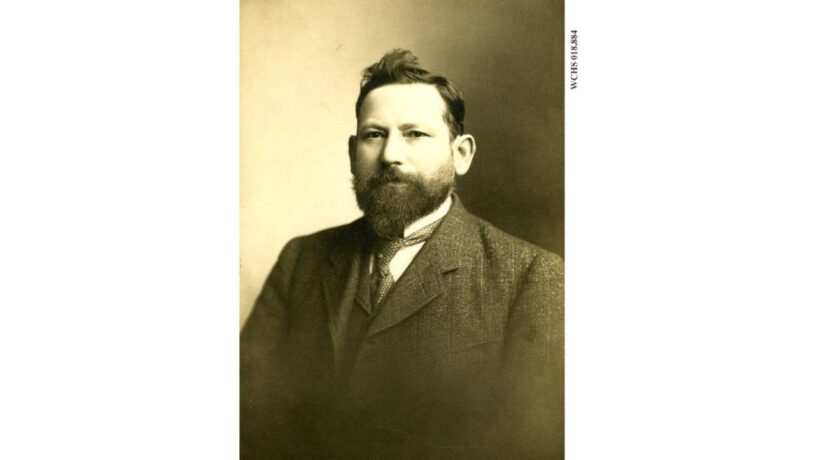
Dance Hall Turned Factory
In 1894 the Enger-Kress Pocketbook Co. moved from its starting factory in Milwaukee to West Bend through the persuasion and initiative of local businessmen, Mr. Andrew Pick and Mr. E. Frankburg. At first, the industry was stationed in an unused school building.
Later, they purchased Moser’s Dance Hall. As real estate prices were substantially lower outside of Milwaukee, the company could afford the nice park-like property. Once they moved, the dance hall was renovated and refurbished into a functional factory which sufficed until 1910 when a fire damaged the building beyond repair. In its place, a similarly beautiful factory was built. Only this time… fireproof.
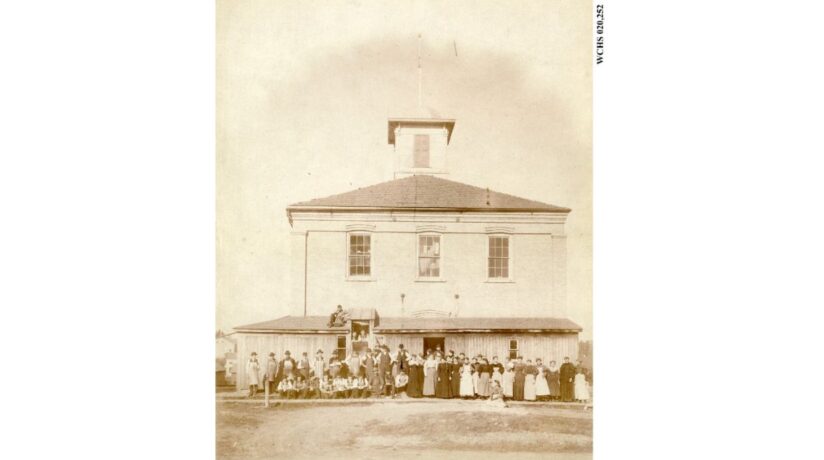
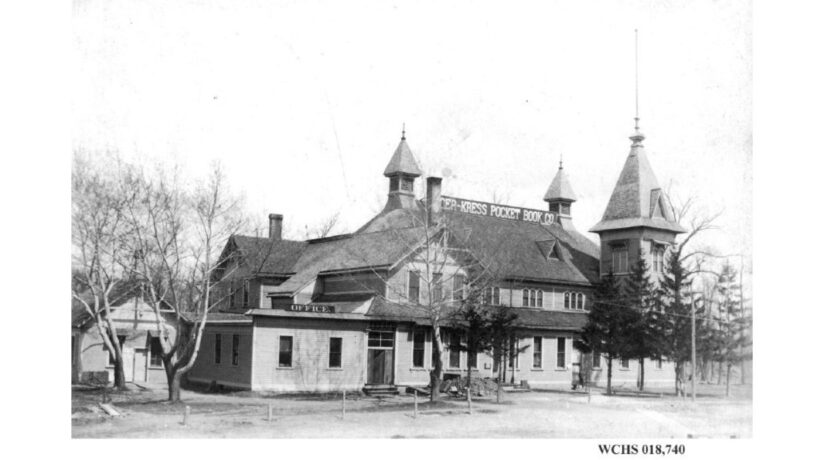
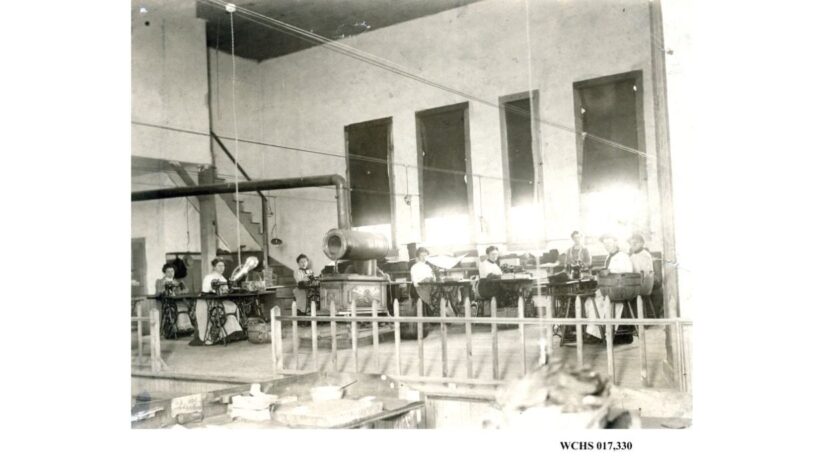
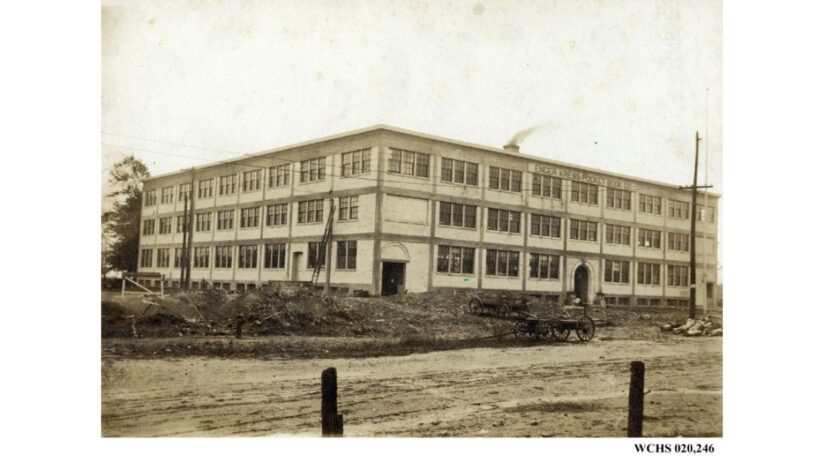
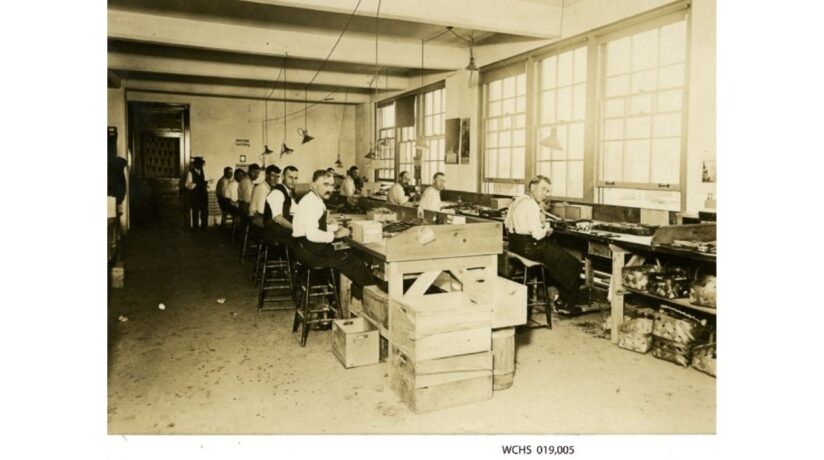
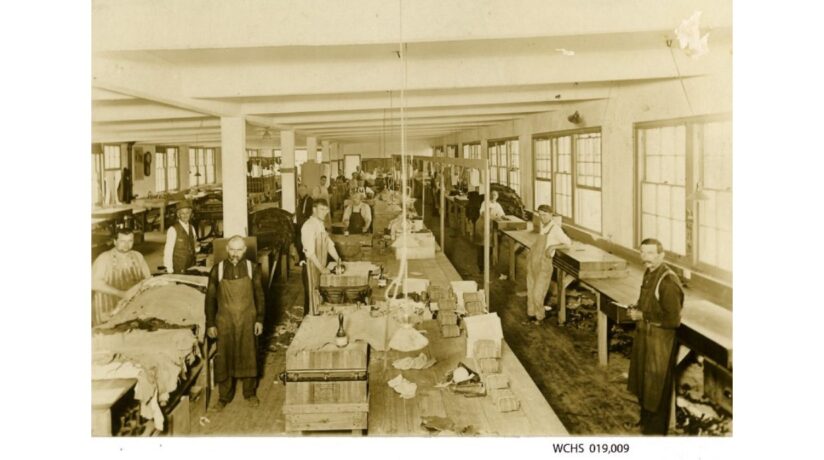
The same building remains there today, repurposed into senior citizen apartments. From the exterior, the Enger-Kress Pocketbook Co. appears to be more of a park than a factory. Cement walkways careen across the manicured lawn and geranium garden. The factory, three stories high, is built of bricks in an L-shaped manner. There are ample windows and three entrances, one of which is centered in stone, beneath the carved words ‘Enger Kress.’
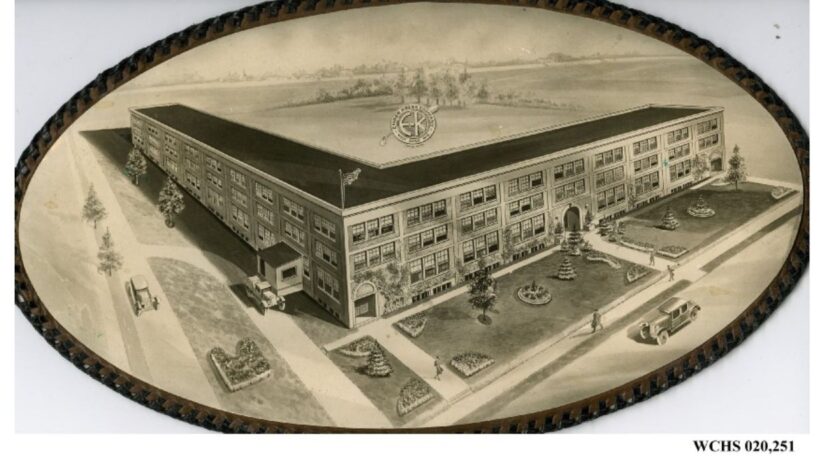
Inside are spacious workrooms with abundant windows, often opened for a fresh breeze. Equipment was efficient, with most machines being electric. Down the first floor were offices, storage for countless models of pocketbooks, the riveting room, and a shipping center. The second floor was designated for machine work and finishing. Glazing machines, button machines, sewing machines, and thinning machines filled the space. Each product made its way through the rooms as workers strived to complete it.
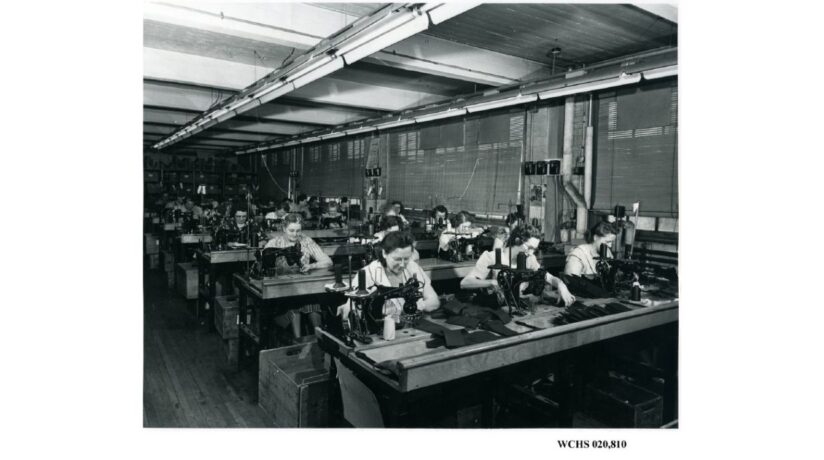
Production
The Enger-Kress Pocketbook Co. manufactured pocketbooks of all kinds. Some include wallets, briefcases, bill books, card cases, cigar cases, and advertising novelties. The materials ranged from leather to cowhide and even alligator skin. It is estimated that the factory maintained $200,000 worth of leather in stock. Most of it came from the Hartford tanneries.
Each product was thoughtfully created and intentionally planned. Most are original designs aimed to construct quality pieces that are equally attractive and practical. This approach is noticeably one of the company’s keys to success.
Check out this Enger-Kress Wallet in the Heinz History Center’s Collections.
Labor Conquers Everything
Labor omnia vincit are the words displayed in the main hall of the factory. It is Latin for ‘labor conquers everything.’ The motto of both the workmen who toiled to build the place and those who continued to work earnestly for the company. Passing down that hall, people notice the industry’s reason for success. It is the 400 dedicated employees of the Enger-Kress Pocketbook Co. that worked together, creating quality products. And as they supported each other, they uplifted their community by bringing business into Washington County, providing career opportunities, and promoting a diverse economy. And so, it is undoubtedly true that labor conquers everything. This phrase perfectly captures the ethics and the reason for the success of the Enger-Kress Pocketbook Co.
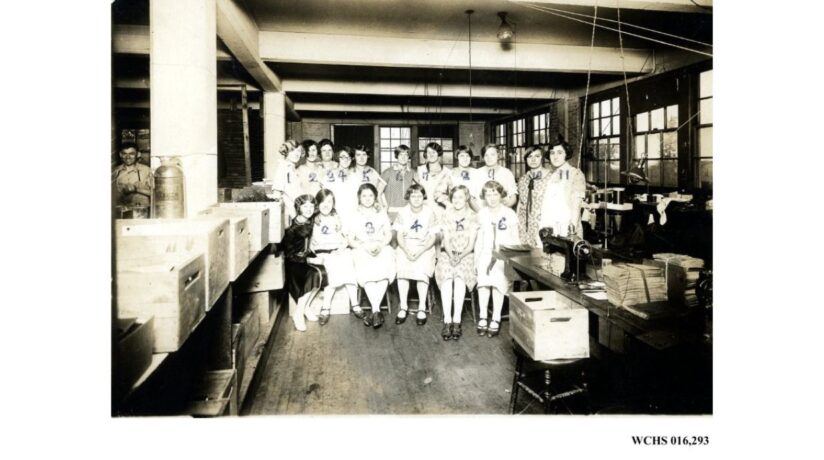
Parting Words
The Enger-Kress Pocketbook Co. was a place of reputable manufacturing, effective management, and most importantly, honest hard work. Their efforts impacted the early economy and environment of Washington County, and we are grateful to them for it.
References
Quickert, Carl. “The Chief Industries.” In Washington County, Wisconsin: Past and Present, 227-229. Madison: Wisconsin Historical Society, 2008. Previously published as “The Chief Industries,” in Washington County, Wisconsin: Past and Present (1912): 227-229.
You Make Our Work Possible!
Community support allows us to continue telling Washington County’s stories. We invite you to become a member and consider making an additional gift of support. Contact us about sponsorship opportunities for local businesses as well.
